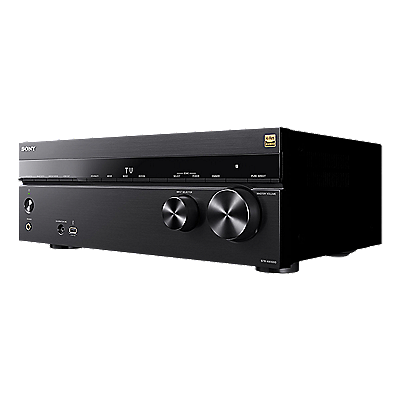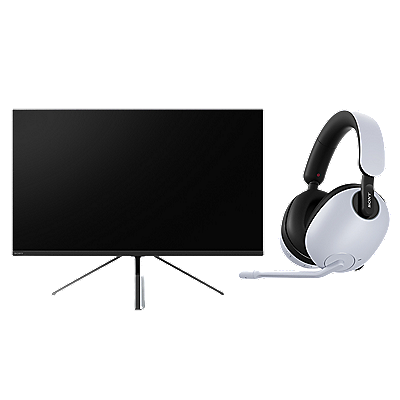How to transfer videos to a Mac computer
Guided Support is available!

You can use our fun interactive tool for help with this topic -- OR -- continue with this article.
This article explains how to transfer video files using a USB connection between your camera and a Macintosh®, MacBook®, MacBook Pro®, or other Apple® computer model.
Before you start
- The Apple Macintosh® computer requires an Intel® Core Duo processor or better to support AVCHD video.
- Transfer steps may vary, so check your computer manual for details.
- Depending on your Apple computer model, these other methods may also be available to transfer files. You can skip to USB cable method below or use one of these other options:
- If you have Apple® iMovie® software installed, refer to the article Import photos and movies from your camera to Mac
.
- You can also download and use PlayMemories Home™ software as an alternative.
Transfer video files with a USB cable connection
Follow these steps if you don't have the Apple iMovie software installed.
- Turn on the camera and computer.
- Connect the camera to the computer using the USB cable.
- Set the camera to Image Transfer (MSC), Mass Storage, or USB MODE.
Notes:
- Newer ILCE cameras will display the Select USB Connect Mode page where the Image Transfer (MSC) setting can be selected:
- After the computer recognizes the connection, it will list the camera drive or drives as NO NAME or UNTITLED on the computer desktop.
- Newer ILCE cameras will display the Select USB Connect Mode page where the Image Transfer (MSC) setting can be selected:
- On the computer desktop, click the NO NAME or UNTITLED icon.
- Locate the video files.
Note: If any of the folders would appear as a QuickTime® file, right-click on it and then choose Show Package Contents to view the folder's contents.
- On the keyboard, press and hold the Shift key.
- While holding the Shift key, click to select the video clip files you want to transfer.
- Release the Shift key.
- On the keyboard, press Command+C to copy the files.
- Open the folder or directory on the computer where you want to copy the video.
- On the keyboard, press Command+V to paste the files into the desired location.
After following the steps above, the video from your camera will be copied to the computer's hard drive. To open and play these files, you will need to have a movie player application that supports MPEG-2 for standard-definition video or AVCHD for high-definition video. Refer to the movie player application's software manufacturer for additional information and any available updates.























